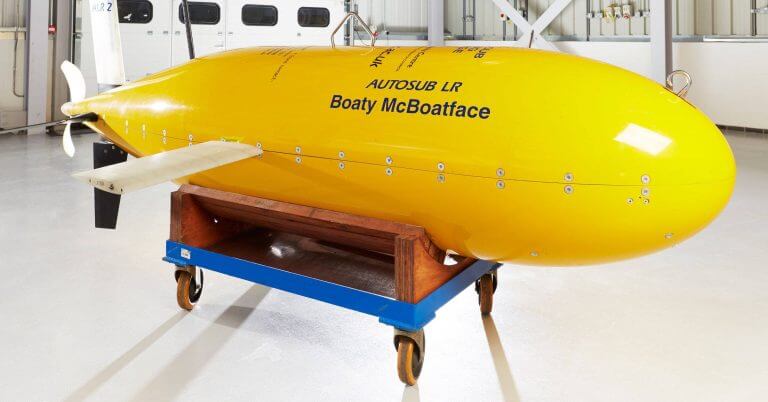
Through photogrammetry, AI and close industry collaboration, NS3D is revealing how much marine life thrives...

With a growing number of decommissioning projects worldwide, as ageing structures reach the end of...
We regularly publish updates on the projects that are directly funded by the Programme and other related research. If you would like to be kept up to date, sign up for our Connections newsletter.